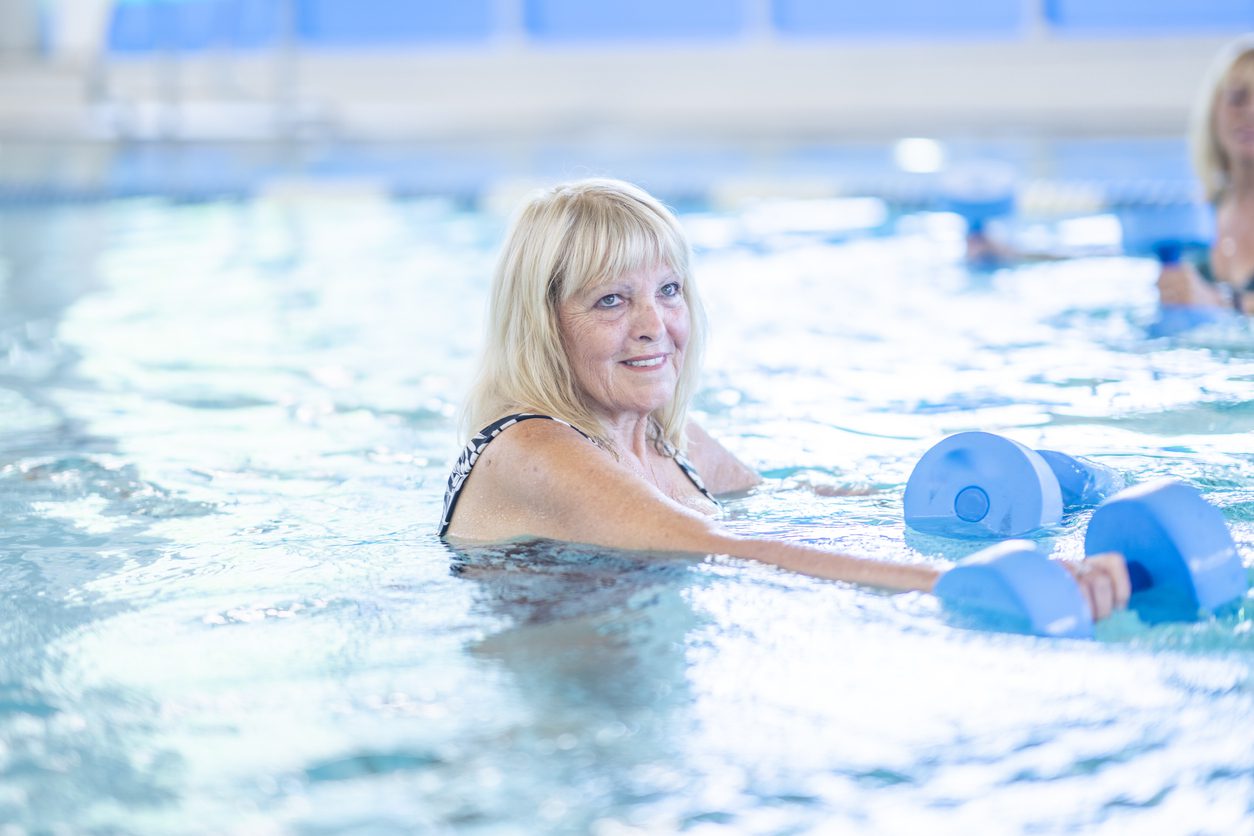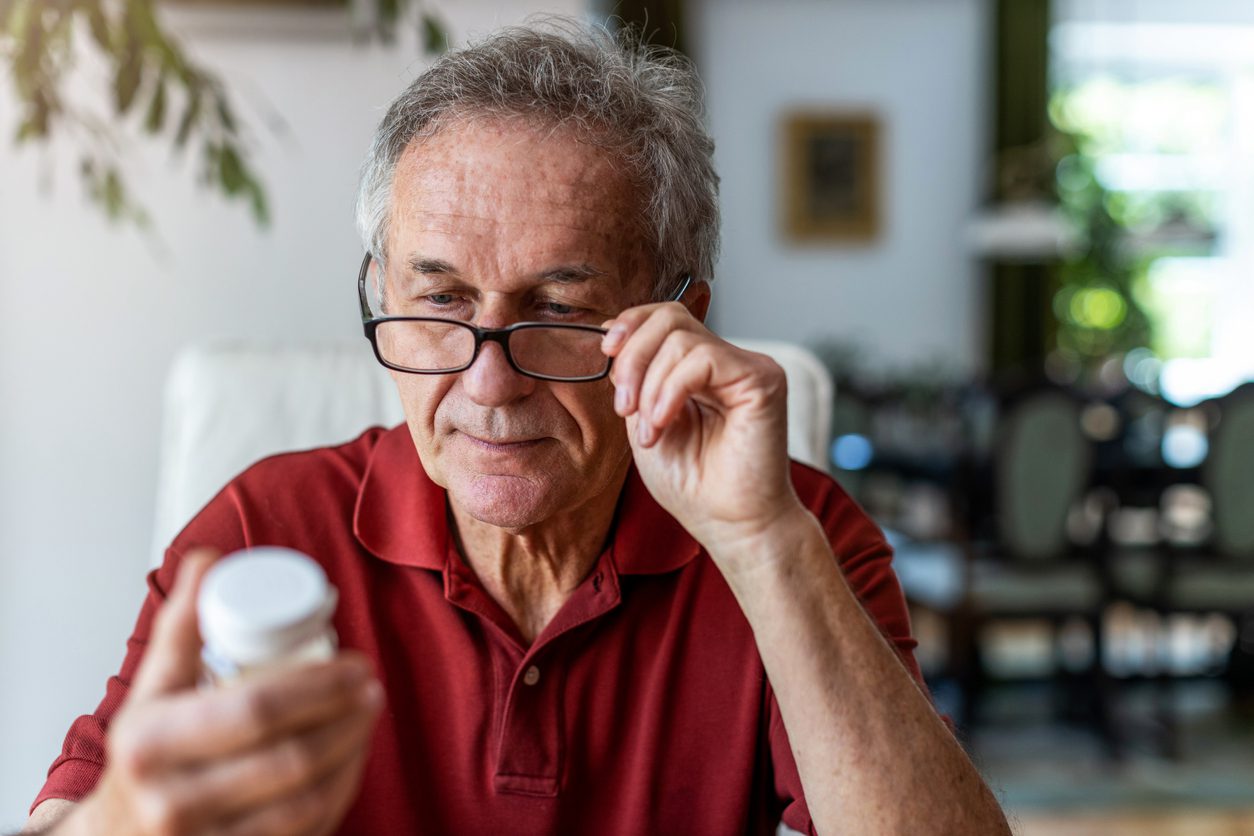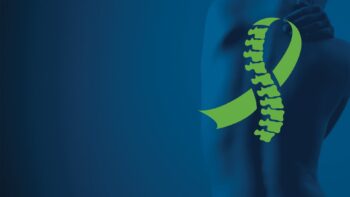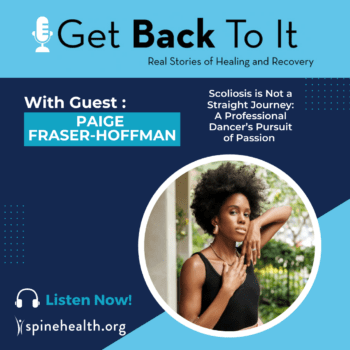The surgical success for patients undergoing adult spinal deformity (ASD) correction or reconstruction is well documented in the medical literature and can bring about a significant improvement in quality of life and reduction in pain. However, there are substantial risks associated with this type of reconstructive surgery, and thus most patients should exhaust nonoperative treatments prior to surgery. The good news is that there are many patients who achieve meaningful management of their symptoms with nonoperative means and never go on to surgery.
Symptoms
Adult spinal deformity consists of a variety of spinal pathologies including scoliosis (curvature of the spine from left to right), kyphosis (inappropriate curvature from front to back), or a combination of the two. Often pinched nerves can further complicate the clinical picture, resulting in back pain, leg pain, or weakness that can significantly impact quality of life in a negative way. There are a variety of available treatments to improve these symptoms, including physical therapy, medications, and steroid injections.
Physical Therapy

One of the most effective nonoperative treatments in ASD focuses on activity modification and physical therapy (PT). A directed PT program is not designed exclusively to target symptoms, but also to provide a framework to achieve and maintain an active lifestyle. Typically, a patient will attend a dedicated PT program for approximately 6-8 weeks with 2-3 sessions per week. The key to success in such a program requires the development of a home routine to continue the stretching and strength building exercises long term. This needs to become part of the daily routine to achieve sustainable benefit beyond the duration of the PT program.
An additional key element of a successful physical therapy program is a focus on core strengthening. The spine loses height and develops more of a bent-forward posture with age, which can lead to worsening back pain or leg symptoms from nerve compression. Scoliosis can further complicate that poor posture and alignment, often leading to additional back and leg pain. Improving core strength can help to support the spine as this degenerative process occurs over time, to maintain a more ideal alignment.
Aquatic PT can be extremely beneficial for those with significant back pain or weight-bearing nerve symptoms who cannot fully participate in a traditional PT program. Aquatic PT takes place in a pool and the buoyancy of the water takes pressure off the spine. This reduced-gravity setting allows for stretching, strengthening, and aerobic fitness to be accomplished with little to no pain or undo stress on the spine.
Medications

Short term medical management may include non-steroidal anti-inflammatory medications (NSAIDs), muscle relaxants, and pain medications. Acetaminophen is a mild, over-the-counter pain reliever that may be intermittently helpful, but dosing must be monitored to avoid liver toxicity. The negative effects and addiction potential for opioid medications preclude long-term use of these medications. NSAIDs can have negative renal and cardiovascular ramifications and should only be used in moderation but can be very helpful for short term exacerbations of pain. Muscle relaxers may be useful in an acute flare up but are not a long-term solution. There are also nerve-specific medications designed to target nerve pain, which can be very effective for long-term use.
Injections

Steroid injections are commonly used to treat nerve-related pain, and can play an important role in the nonoperative treatment for ASD. Targeted injections can be both diagnostic (provide information about the source of pain) and therapeutic (provide pain relief). Although it is difficult to predict how long that relief may last, the information gained from the pain relief achieved may guide the next step of treatment. For example, gaining meaningful but temporary relief after an injection informs the surgeon of a symptomatic nerve that could benefit from surgical decompression. This information can also guide surgical options between a smaller, more targeted procedure or a larger, more comprehensive surgical approach.
Bracing
Bracing is a controversial topic in ASD as it is commonly used successfully in the pediatric spinal deformity population. However, bracing is not only much less effective in the adult spinal deformity population, but it is often detrimental. The core is not engaged while wearing a brace, causing the muscles that make up the core to become weaker. Once the brace is removed, the deformity itself may actually worsen due to a weakening of the core muscles meant to provide spinal support. Therefore, bracing is not a long-term solution.
Conclusion
Many, but not all, patients will benefit from nonoperative treatments alone. Those who typically do attain meaningful long-term benefit without surgery tend to be younger, not obese, with less severe deformity, curve magnitude, and malalignment. Those with weakness, spinal cord compression, signs of spinal cord dysfunction, or severe deformity may require surgical reconstruction without a role for nonoperative intervention.
Ultimately, choosing between operative versus nonoperative interventions comes down to a detailed discussion of risks and benefits of each option between a spinal surgeon and the patient to achieve shared decision-making. The patient must identify the negative impact the spinal deformity has on their quality of life. Then the risks of each treatment option must be weighed against the likelihood and degree with which the quality of life is expected to improve with each treatment. It is also important to recognize that a nonoperative treatment plan may change over time for patients with ASD.



